Quote:
Originally Posted by utopia

Dukedesmo ..
1) I don't know exactly where the reduced dia is along the pushrod (didn't even know it was there as I've never had mine fully out) but maybe it acts to form a chamber to "grab" some oil and move it along the bore of the shaft and into the wider-bore section more efficiently than if it were just being dragged along on the pushrod's plain surface ? In which case the pumping might be a little more "positive displacement" than I suggested earlier.
2) I have been coming to the conclusion that, as you say, the pressure plate bearing is worth changing as a matter of course .. mine's been there for 25k miles. I don't think I'll bother with the internal needle roller though .. there's no load on it to speak of anyway.
3) I hadn't thought about it from the point of view of the seal but I was thinking that its probably best to remove the pushrod from the slave end also, because doing it the other way, in the event of the o-rings being damaged there is a chance, albeit a small one, that they might pop off the pushrod and become lodged in the wider bore of the shaft.
|
Here's a picture of a pushrod, as you can see it has a reduced diameter for much of it's length. Being 8mm where it sits in the bearing/seal and the LH case but only 7mm in the centre portion.
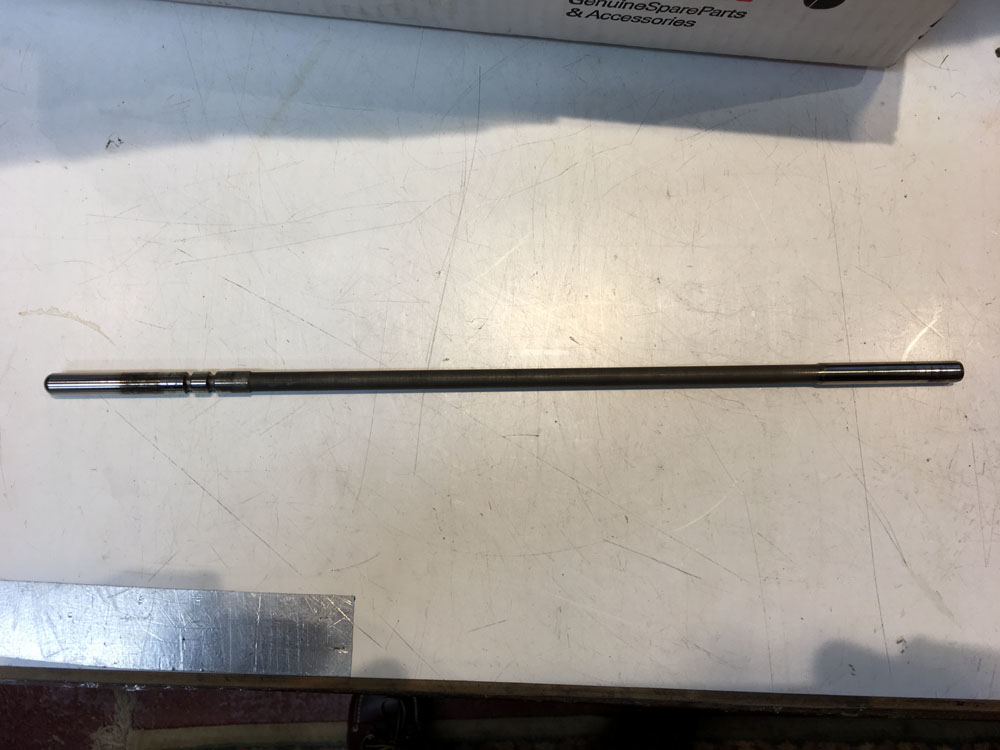
Obviously done this way for a reason as it would surely be cheaper to leave it at 8mm for the full length. As above the 7mm section isn't polished, it doesn't need to be as it contacts nothing but I wonder if it also contributes to moving or holding the oil?
The 'O' rings are quite thick (as you can see by the grooves - I think 6mm ID?) so I doubt they'd come off inside the shaft? but they will pull at the oil seal so best not to pull the rod through.
I have heard of pushrods breaking (probably because the bearing failed?), usually at one of the 'O' ring grooves -they may still work but cause all sorts of havoc so worth pulling it out now and again to check?
The bearing (at least in the dry clutch) is the same as those on the belt pulleys, costs less than a fiver so worth changing occasionally, of course wet clutch bearings should have an easier life but less frequently seen so I would definitely change if the clutch was apart.
The needle roller in the shaft is, as you say not likely to wear but worth checking if you're in there and again they are cheap but tricky to remove.








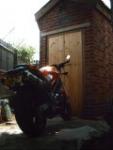

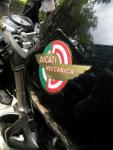
 Roast Beef Monster!
Roast Beef Monster!

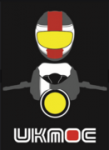


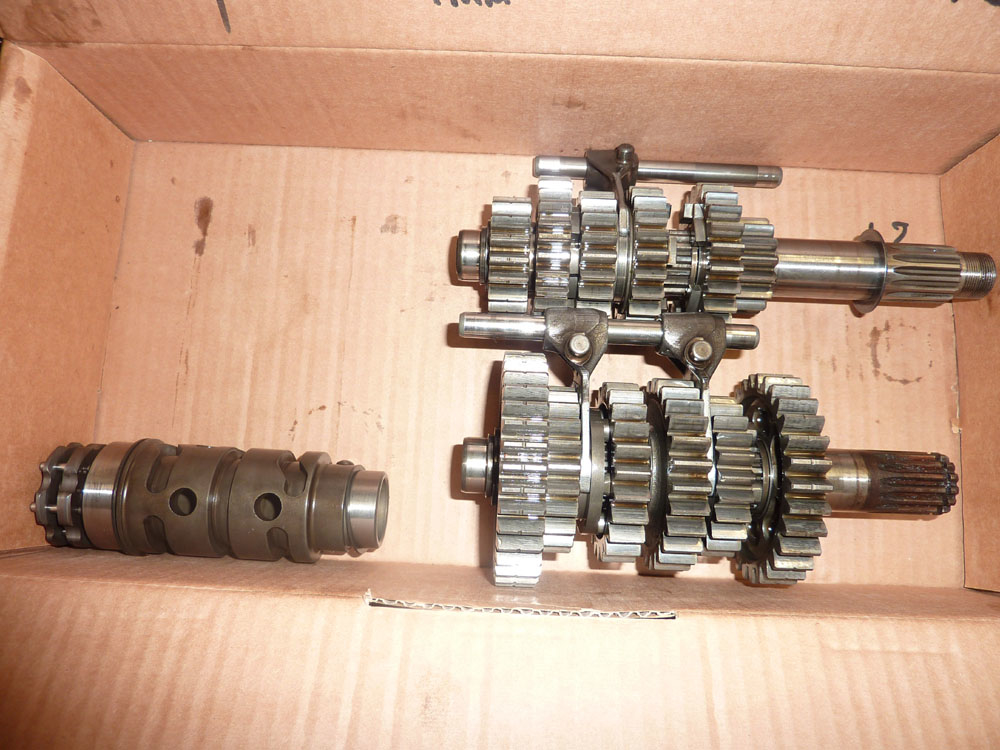

 Linear Mode
Linear Mode

